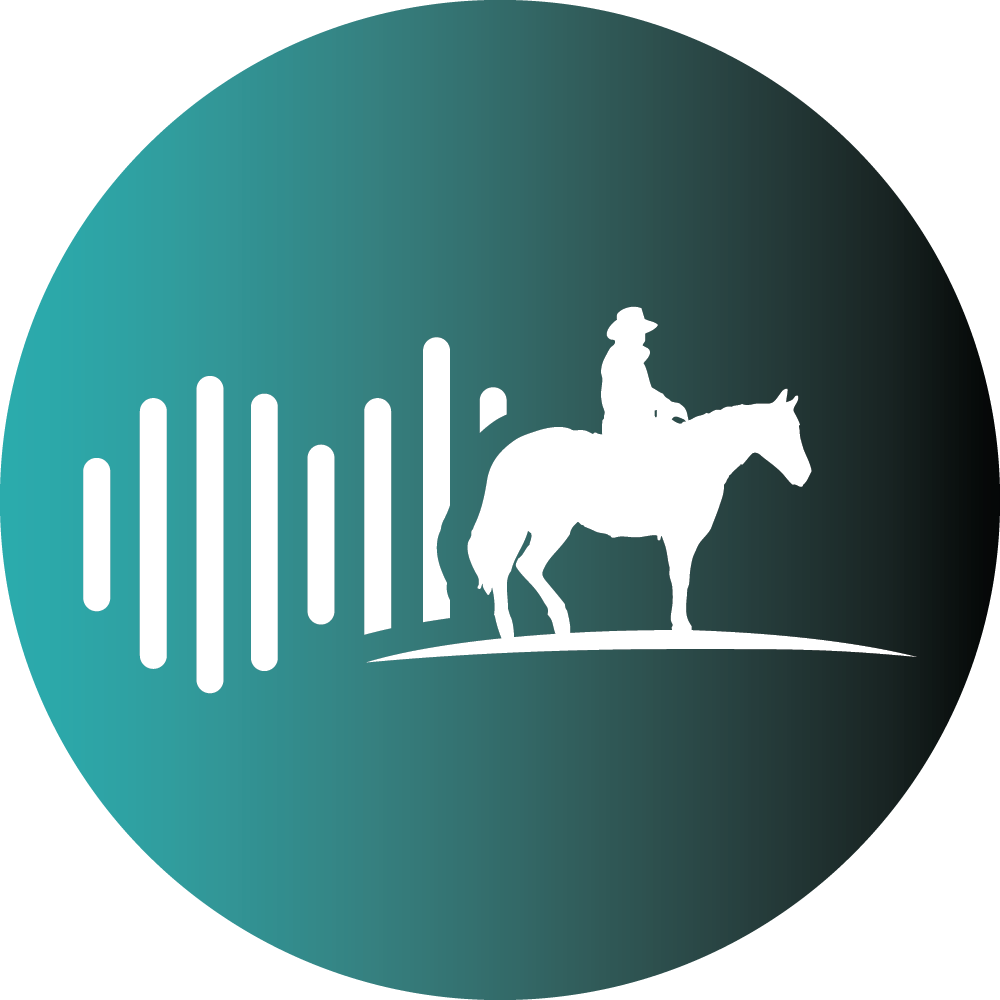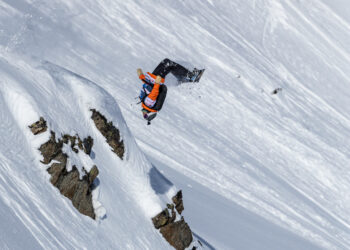By Scott Mechura EBS Food Columnist
With a few exceptions, beef is consumed throughout the entire world, and every bit of a cow is eaten or utilized amongst the six continents that enjoy it. For the most part, humans enjoy the primal cuts of beef, or in other words, what we simply refer to as steak.
But just what is a “steak” anyway?
At its simplest and most basic, steak is muscle. Muscle from a cow to be exact. But from there, it gets a bit more technical.
Muscles are made of bundles of cells, called fibers. And then each of these fibers is made up of additional proteins.
As we know, a muscle’s job is to expand and contract—this is how movement is generated. This requires a tremendous amount of energy and the energy source for this is oxygen, which comes from blood circulation in arteries throughout the muscle. When an animal is slaughtered, the arteries and veins in the carcass are drained of blood. This is why you have liquid and proteins on your plate, not blood.
A carcass that is frozen to slowly or quickly can affect the lactic acid in the fibers, which can either make the muscle mushy and watery, or tough and dry.
Not only does a muscle expand and contract when it is used by a living thing, but this also happens when it is cooked.
As heat is applied to a muscle, or “steak”, many things can happen, and all in a particular sequence. The quality and time of these sequences can change but the order in which they happen never does.
This process, called denaturation, begins precisely at 105°F. At this temperature you can’t visibly see physical changes, but things are starting to happen to the structure of the fibers and water content. Calcium proteins are beginning to lose integrity and this goes until 122°F. Enzyme activity is also high within this temperature range.
I find it fascinating that malted barley, a primary ingredient in beer, has the same things happen as it passes through these same temperatures. Barley has a 102°F to 105°F acid rest, then a 122°F protein rest.
At 122°F meat reaches what we know as rare. There is some browning, texture change and moisture loss on the outside, but inside the meat is still red and barely warm as the above effects have not yet penetrated any farther.
At 125°F red meat begins to turn pink and fat and collogen begin to coagulate. In other words, it begins to turn white and firm up respectively.
This continues through until about 140°F. This roughly 15-degree range is where this process continues. Red meat becomes pink, pink meat becomes gray, and grey meat loses substantial moisture and structure. This color and moisture loss is due to iron and myoglobin breakdown (the red juice you see on your plate).
This is also where individual taste and preference comes into play. Some like their steak at this stage, while others prefer barely warm and red inside. This transition, from rare to well done, can happen very quickly as moisture eliminating heat works exponentially inside the muscle.
Ask most chefs and they will tell you on most steaks, medium rare is the sweet spot. Enough cooked crust on the exterior to balance the perfect amount of warmth and flavor changes on the interior.
Scott Mechura has spent a life in the hospitality industry. He is a former certified beer judge and currently the multi-concept culinary director for a Bozeman based restaurant group.















